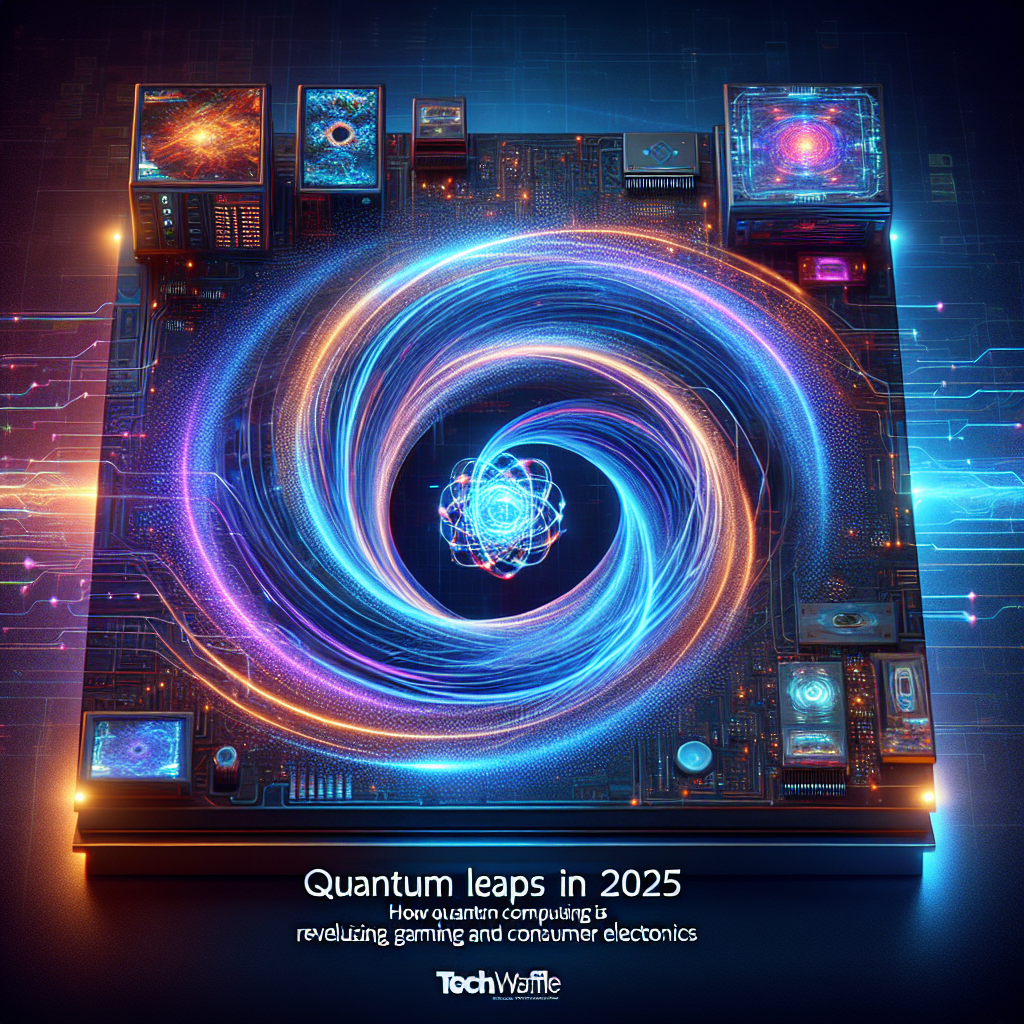Navigating the Computing Frontier: Top Trends Shaping Technology in 2025
Posted on May 23, 2025

2025’s computing trends center on generative AI’s expansion, cloud computing’s foundational role, practical quantum computing breakthroughs, spatial computing’s immersive potentials, and the humanization of technology through Total Experience integration. Together, these advances drive smarter, more connected, and empathetic digital environments.
As 2025 unfolds, the computing landscape is undergoing transformative shifts driven by advances in artificial intelligence, quantum computing, spatial computing, cloud infrastructure, and human-centric technology integration.
Foremost among the trends is the rise of generative AI, which has moved beyond niche applications to become a foundational element in both business and society. It excels in real-time analysis of diverse data forms, enabling hyper-personalized solutions that enhance decision-making, productivity, and customer interaction. This technology is rapidly embedding itself into workflows across industries, from automating routine tasks to innovating education and research environments.
Complementing AI, cloud computing emerges as the backbone of modern digital innovation. Hybrid cloud architectures allow organizations to combine the flexibility of cloud services with on-premises security, managing vast data streams efficiently to support AI and quantum workloads. Cloud’s scalability and integration capacity are key to operational competitiveness and technological agility.
Quantum computing, while still maturing, is marking critical advancements in 2025. The focus has increasingly shifted towards specialized hardware and software tailored to specific applications, alongside improvements in physical and logical qubit technologies. Networking of noisy intermediate-scale quantum (NISQ) devices is becoming more prevalent, signaling a move toward practical quantum solutions, especially in sectors like finance where early adoption is anticipated.
Spatial computing is garnering heightened attention as the next frontier. By blending augmented reality (AR), virtual reality (VR), and advanced sensors, it promises immersive user experiences and novel ways to interact with digital content, influencing everything from enterprise collaboration to consumer engagement.
Humanizing technology remains a pivotal trend, integrating Total Experience (TX) strategies that unify customer, employee, and user experiences. Leveraging AI to interpret emotional context and personalize interaction is enhancing empathy and effectiveness in digital interfaces, reshaping how organizations connect internally and externally.
Finally, cybersecurity continues to evolve with the increasing complexity of interconnected systems and data privacy requirements, integrating AI-powered defenses and innovative protocols to safeguard digital ecosystems.
These converging trends signify a computing era focused on intelligent automation, immersive interaction, scalable infrastructure, and technology that intuitively serves human needs, laying the groundwork for the next wave of innovation.


